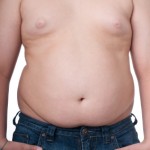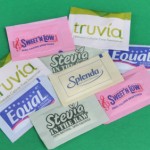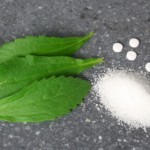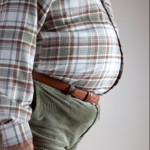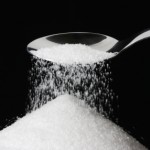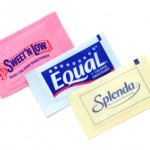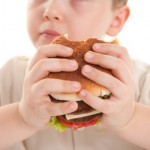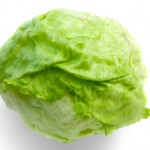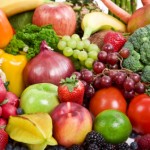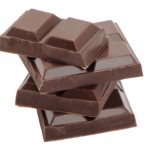 I was reading The Wall Street Journal this morning and came across an article titled "A Chocolate a Day to Get Slimmer?" I'm not a major chocolate eater, but had heard something on NPR about this study yesterday, so ate eight small pieces of dark chocolate at a board meeting last evening. Then, when I weighed myself before breakfast today, I realized I was down 2.8 pounds.
I was reading The Wall Street Journal this morning and came across an article titled "A Chocolate a Day to Get Slimmer?" I'm not a major chocolate eater, but had heard something on NPR about this study yesterday, so ate eight small pieces of dark chocolate at a board meeting last evening. Then, when I weighed myself before breakfast today, I realized I was down 2.8 pounds.
Should I continue this increased chocolate consumption or was that, as I of course knew, just "water weight" I'd lost? The previous night I'd eaten a prolonged meal with friends at our favorite Thai restaurant and the next morning had gained over three pounds.
Let me digress a bit. Whenever I mention water weight I'm really referring to fluid that the body keeps because of dietary salt excess. I normally don't use table salt, as I have a family history of high blood pressure and was aware that most of us, eating a typical American diet, were ingesting far too much sodium, the crucial element in table salt. When I eat out I expect my weight to bounce up a few pounds and don't worry about that short-term increase. The salt in the food causes me to retain fluid and therefore to gain weight temporarily. Many diet plans that advertise losing five or more pounds in the first week are really helping people get rid of water weight.
Okay, back to chocolate. The article I mentioned is important, but the message it's carrying is nothing new. In 1973 I saw Woody Allen's movie, "Sleeper" in which he plays a nerdish store owner who is revived out of cryostasis (a form of preservation using ultra-cold temperatures) after 200 years. In that future world science has shown chocolate to be good for you.
Two prominent food gurus, Andrew Weil and Den Ornish, mention health benefits of chocolate. I found Dr. Ornish's 2007 Newsweek article,"Chocolate to Live For," in which he mentions a host of medical studies showing dark chocolate, which has higher amounts of beneficial chemicals called flavinoids, may lower blood pressure and and improve blood flow to your brain and heart. White chocolate and milk chocolate have very small amounts of flavinoids and bitter dark chocolate has the most.
The phrase "moderation in all things" dates back more than two thousand years to a Roman "comic dramatist." It certainly applies here. None of the articles I read were about eating a lot of extra calories in the form of chocolate. Dr. Ornish's approach made sense to me; he very slowly eats a bite of dark chocolate, meditates while doing so by focusing on the experience with all of his senses, and regards the very first bite as being the most pleasurable.
What a great way to eat something he regards as a special treat as well as a health food.
I've never tried that with chocolate, but having read his magazine piece, I'll try that approach.
I'll continue with more medical background on chocolate in my next post, but to whet your appetite will give you a link to today's article in WSJ.
Happy chocolating.


